I'm a florist and these are the 7 flowers I love to grow in my cut flower garden in late summer
Give your late summer garden a colour lift with our selection
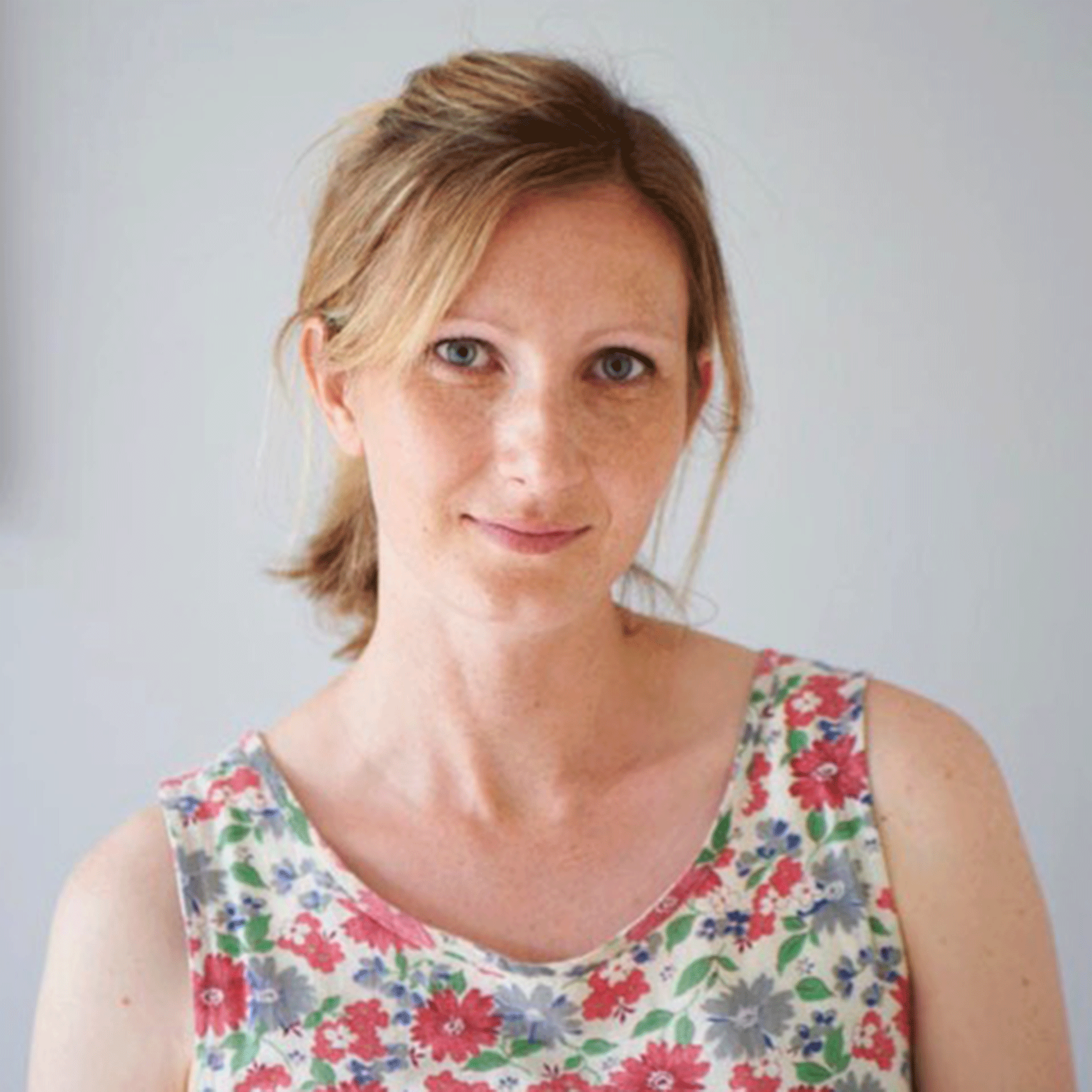
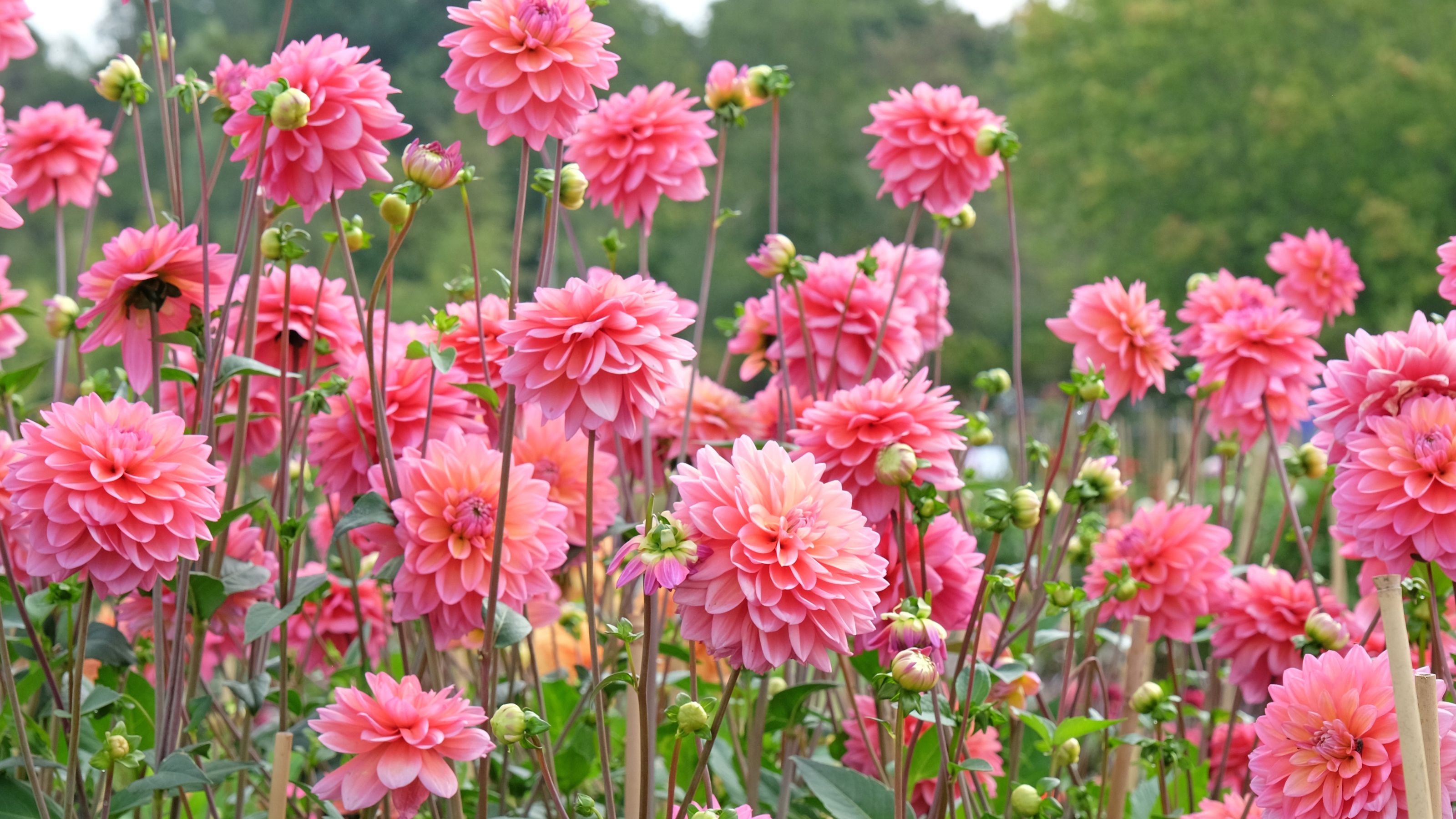
As well as writing interior and garden features, I have been a bespoke wedding florist for the last five years, and being able to grow some of my own flowers has been something that's brought me a lot of joy.
You don't need much space to start a small cut flower growing patch – in fact, I currently have my varieties in pots, it's as good a place to start as any, and it works well.
You can start by sowing seeds, or if you prefer a jump start, then buying plug plants will give you a quicker result if this is your first attempt. Sarah Raven is great for beginners, and her website gives you the option of both.
Choosing what to grow at certain times of the year can be tricky, and it pays to factor in how much time you have and what you really love. Whether you've got raised garden beds or only enough room for pots, there's something for you below.
7 cut flowers to grow in late summer
Having recently moved, my cut flower garden is somewhat sparse, so I've asked some fabulous florists who grow as well what their favourites are too.
1. Dahlia
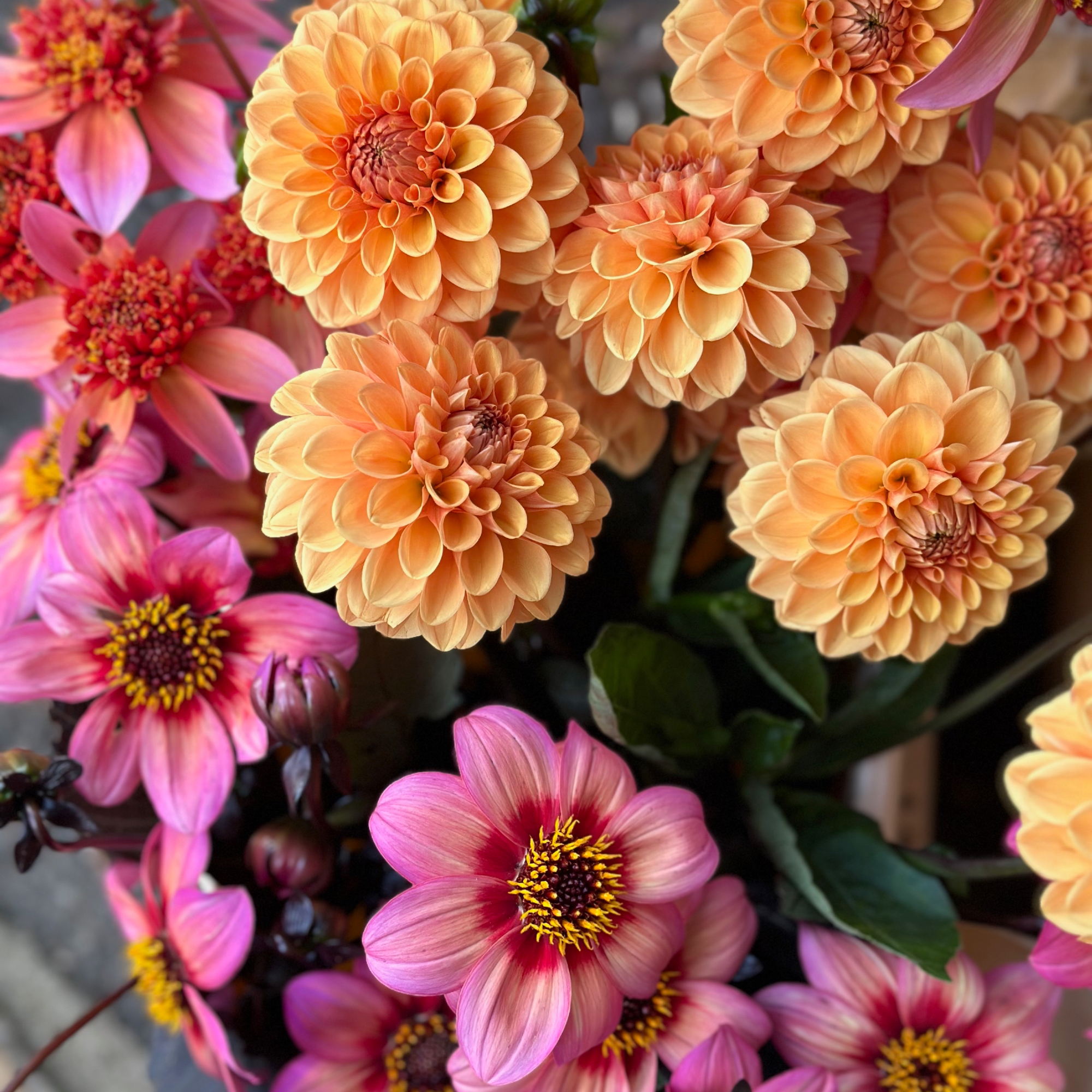
Dahlias are perhaps one of the most iconic flowers for this time of year. They are bold and beautiful and really create a statement in a vase, bouquet, or simply being allowed to 'be' in your garden – you can grow dahlias in pots too if space is tight.
Caroline Bates, creative director of Hayloft Floralagrees, 'My favourite late summer flower to grow and arrange with is the dahlia. They come in so many shapes, sizes and colours that it feels like there must be one for every occasion! I love growing the big, blousy dinner-plate varieties, but they can be very tricky to arrange with because of the way they hang on their stems, so mostly I grow the slightly smaller varieties, which are just perfect for being the focal point of any bouquet or arrangement.'
Sign up to our newsletter for style inspiration, real homes, project and garden advice and shopping know-how
A top tip from Caroline is to keep deadheading through the season, 'This ensures they will keep producing bucketfuls of flowers right up to the first frost, so they really are the flower that keeps giving!'
Where to buy dahlia:
- Sarah Raven: Get 30 Dahlia variabilis 'Bishop's Children' for £2.25
- Crocus: Buy Dahlia 'Cornel' in a 3 litre pot for £17.99
- Thompson & Morgan: Treat yourself to a Dahlia 'Cafe Au Lait', £9.99 for one
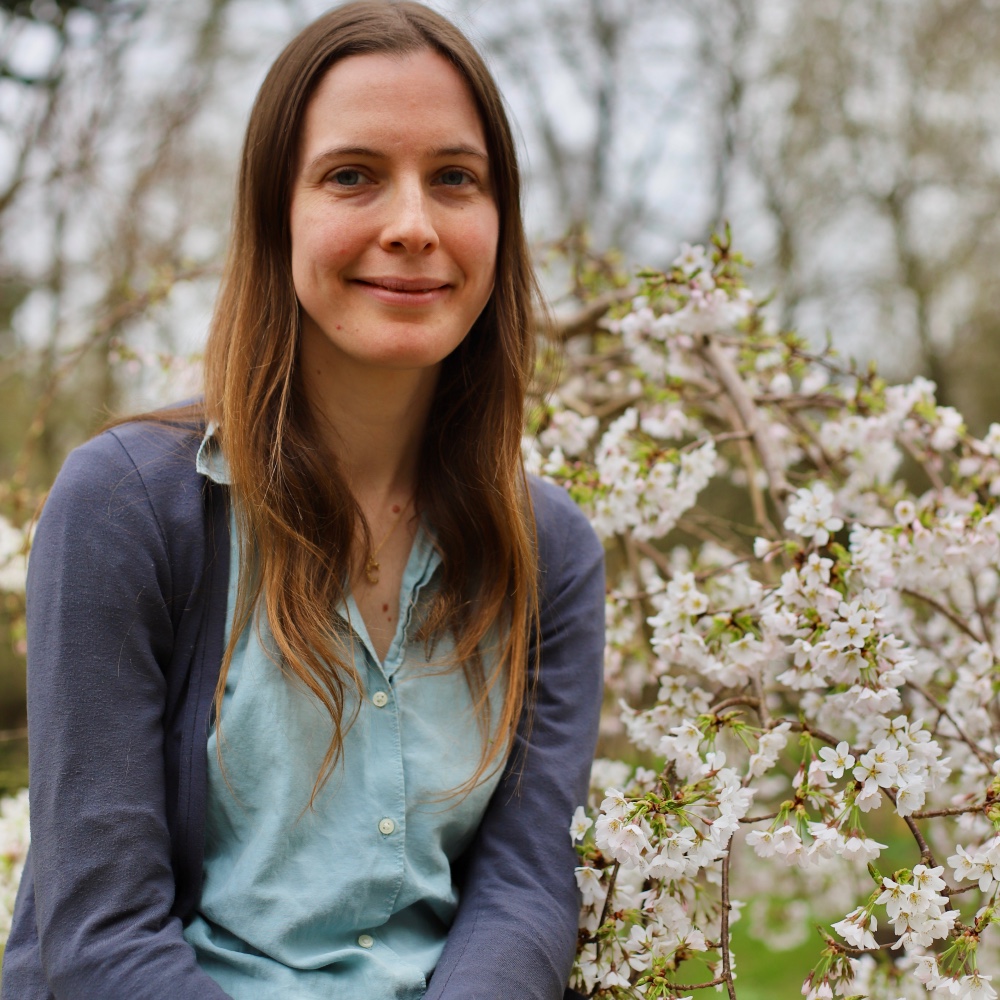
Caroline Bates is the creative director of Hayloft Floral, a wedding and event florist based in Surrey. She specialises in using seasonal flowers and sustainable mechanics to create joyful floral designs with an innate respect for nature. She has a small cutting garden where she grows seasonal blooms throughout the year to supplement her designs.
2. Zinnia
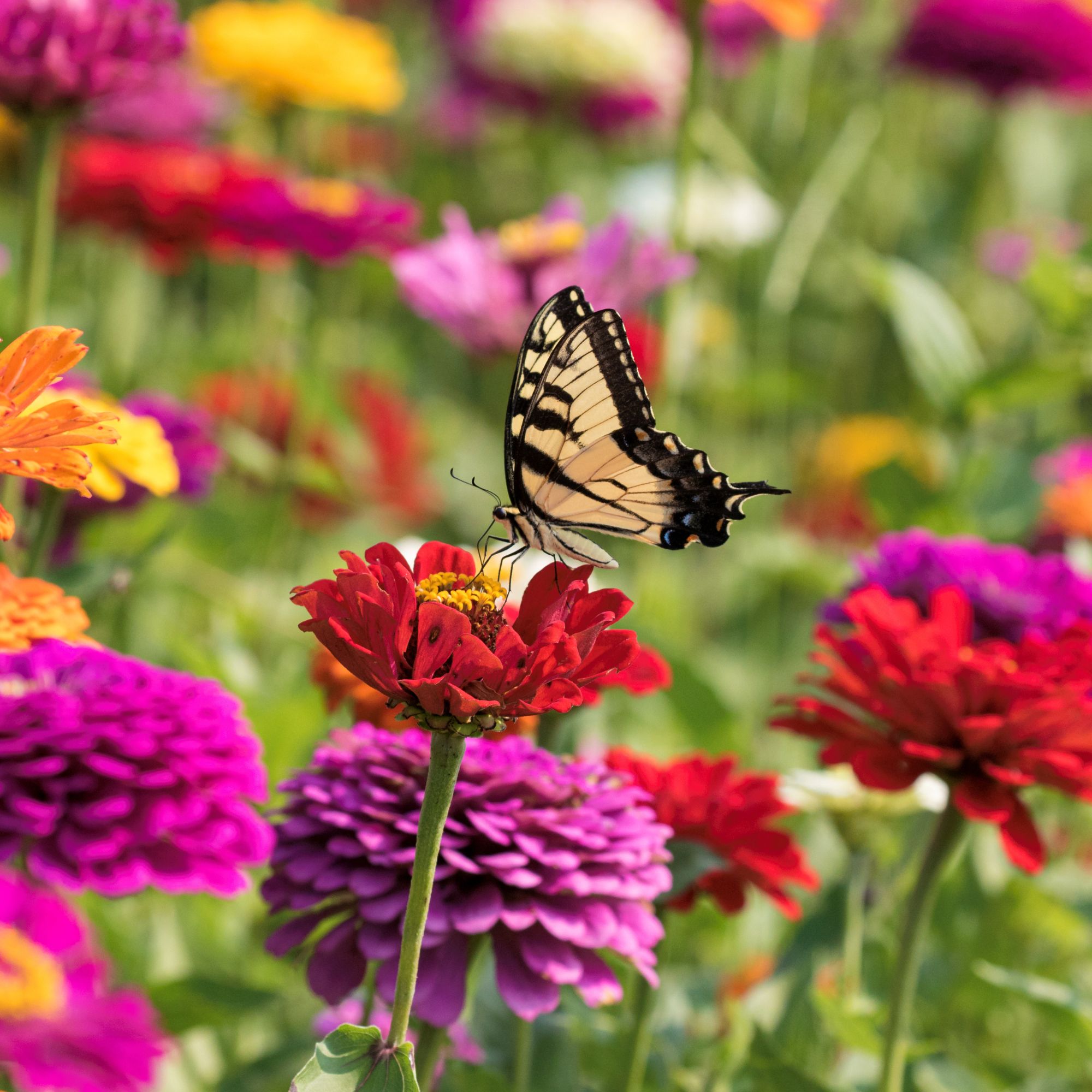
'Zinnias are one of the easiest flowers to grow, and there are so many beautiful varieties available now,' says Caroline. 'I particularly love the two-tone ones and they have such a great vase life if you cut them at the right time – just make sure the stems are strong enough to hold up and don’t feel bendy when you cut them.'
Liking a well-drained soil, zinnias like warm weather, which is a good thing considering the heat we've had this summer! Regular watering will keep them happy, but generally, they are a low-maintenance and striking flower to grow, and wildlife loves them. The best time to plant zinnia seeds is when you can direct sow around May or June, once the nights are warmer.
Where to buy zinnias:
- Thompson & Morgan: Get 40 seeds of Zinnia 'Forecast' for £1.99
- Chiltern: Try Zinnia elegans 'Lilliput White', 220 seeds for £1.99
- Rocket Gardens: Buy 10 Zinnia Purple Prince plug plants for £6.99
3. Cosmos
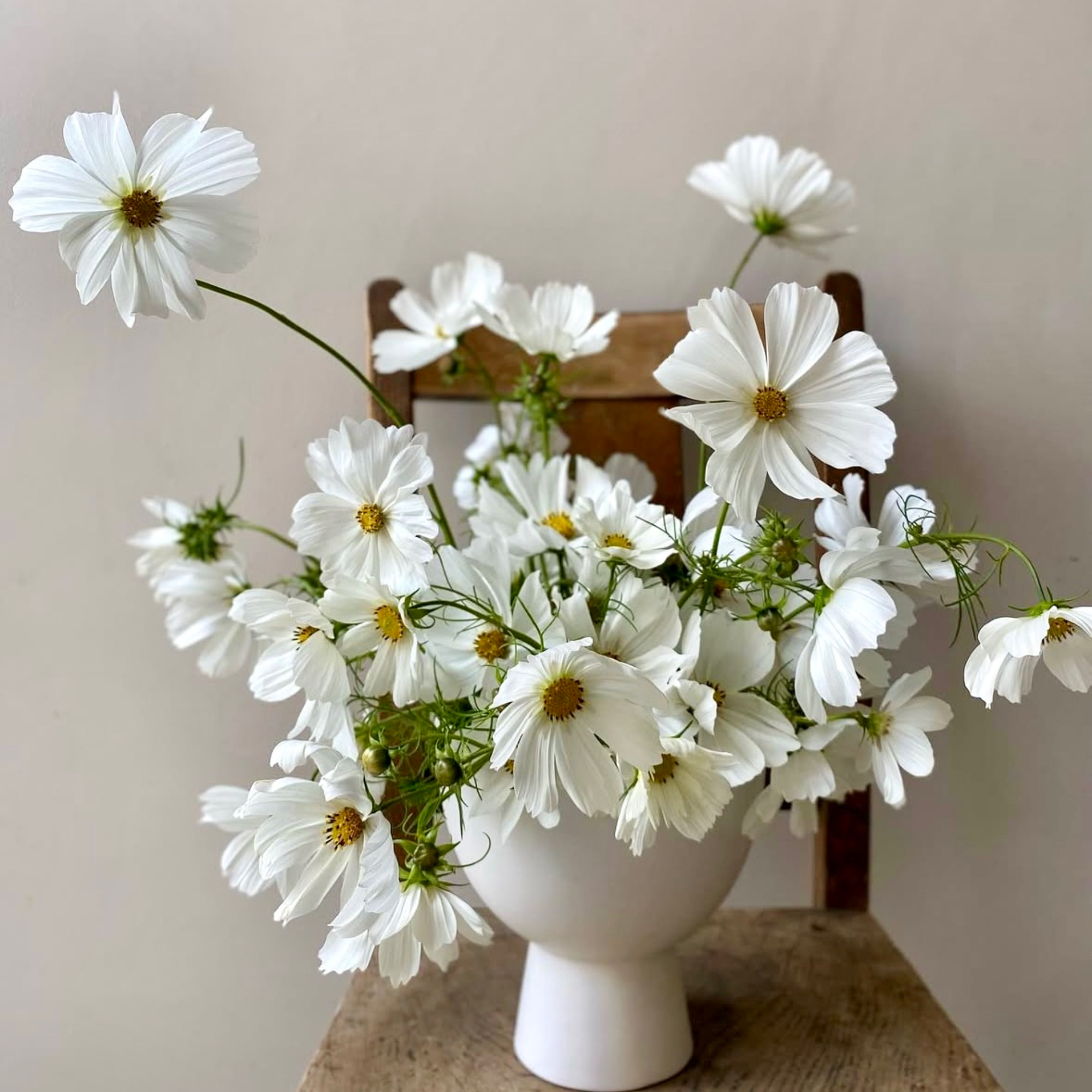
Cosmos is something I try to grow every year. It's such a happy, cheerful flower that's easy to grow and similar to a dahlia – the more you cut them, the more they grow.
White purity is a great eye-catching variety to choose. Sam Dawson, creative director of Fields & Flowers, loves them too: 'Growing cosmos is an absolute must in my garden every summer. They bloom generously from around June and will continually bloom with the more that you cut them; they make the perfect addition to any cutting garden. The purity variety is absolutely timeless to me with its delicate, elegant petals.'
I've discovered over the years that they're not too fussy about good quality compost either, and have often made up my pots from old peat-free varieties.
'If you like the idea of trying more colourful varieties, check out double click cranberries, cupcake blush and apricotta – they are all on my list for next year, I think they’ll make the perfect romantic palette,' suggests Sam.
Learning to deadhead your cosmos will keep them growing back week after week.
Where to buy cosmos:
- Sarah Raven: Get 30 Comos bipinnatus 'Apricotta' seeds for £4.75
- Chiltern: Go white with Cosmos bipinnatus 'Purity', 170 seeds for £2.25
- RHS Plants: Buy approx 60 seeds of Cosmos bipinnatus 'Double Click Cranberries' for £4.79
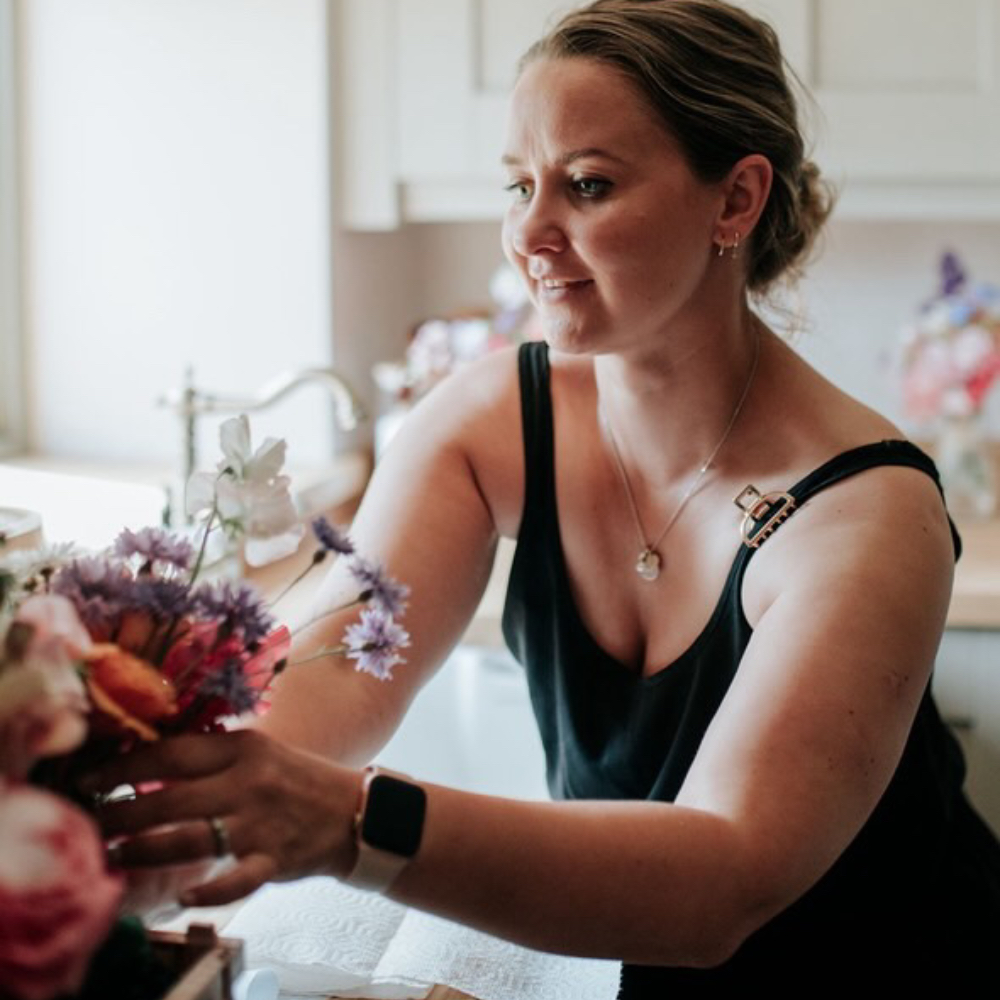
Sam is the founder of Fields & Flowers, a floral design studio based on the edge of the Peak District, South Yorkshire. She offers bespoke floral designs with a romantic, natural style using seasonal blooms and foliage. By incorporating English-grown flowers, some from her own cutting patch, Sam brings a truly wildflower garden aesthetic to her arrangements.
4. Japanese anemone

Japanese anemone are a big favourite of mine, they're fabulous as a finishing touch in a wedding bouquet as they 'move' well. The pink tones are perfect and they're a great variety to grow in your garden.
Wedding florist and mentor Kate Avery from The Little Flower School feels the same: 'I love working with Japanese anemones as a British cut flower because they bring an effortless elegance to any arrangement while their delicate, dancing petals and tall, wiry stems add a sense of natural movement and grace that’s hard to replicate.'
Because they do bloom later in the season, they're a welcome addition, 'They offer a fresh burst of beauty just as many summer flowers are fading, making them a unique and valuable addition to the cutting garden. Their soft, romantic tones blend beautifully with both bold and subtle palettes, making them incredibly versatile for floristry. They also look incredible on their own in bud vases,' adds Kate.
When to plant anemone bulbs can depend on the type; generally, Japanese anemone can be planted in the spring as soon as it's warmer.
Where to buy Japanese anemone:
- RHS Plants: Buy one 9cm pot of Anemone x Hybrida 'Königin Charlotte' for £11.99
- Thompson & Morgan: Check out these Anemone Trio bare root plants, £12.99
- Amazon: Get one 'Fantasy Jasmine' 20-30cm pot for £10.99
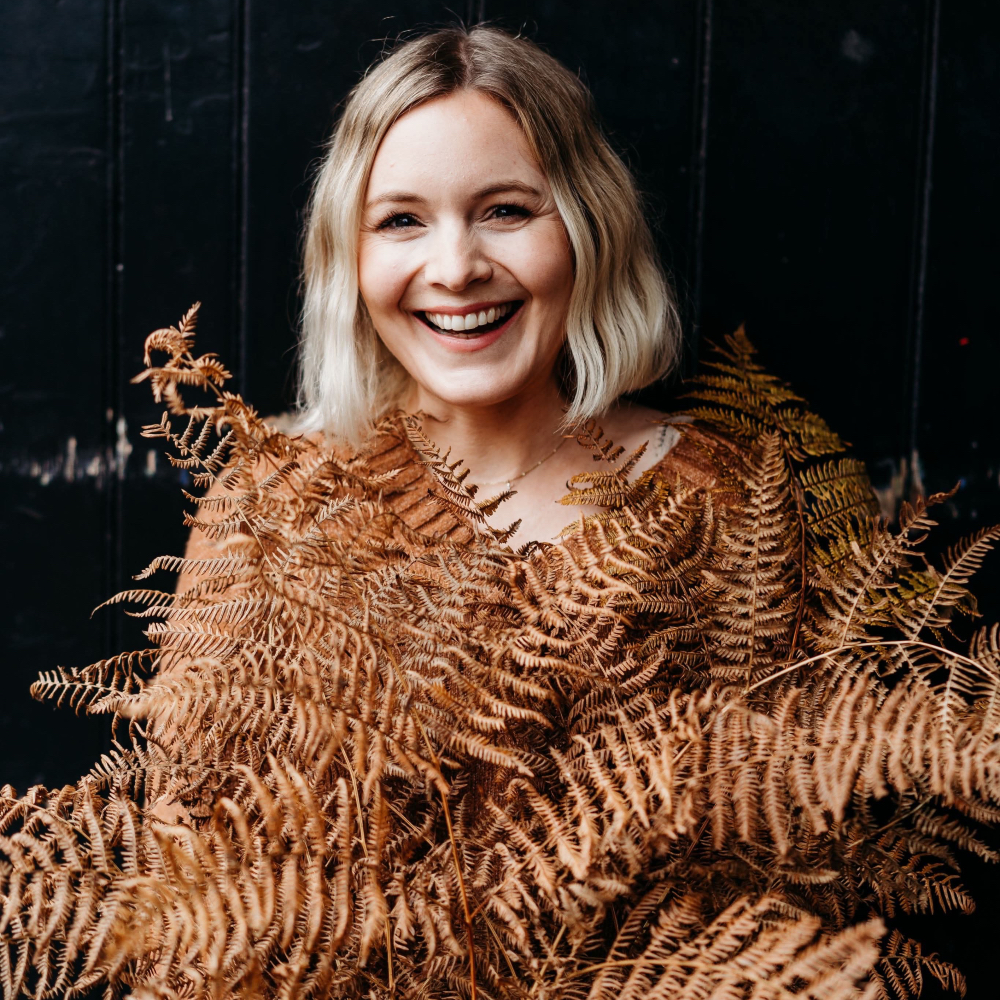
The Little Flower School (Kate Avery Flowers) was founded in 2004 by Kate and is based in the village of Chiddingfold in Surrey.
Bringing together over 20 years of hands-on experience in the wedding industry, Kate offers a practical, honest, supportive and nurturing approach to teaching. With a focus on education and empowerment, the school specialises in mentoring florists in the art and business of wedding floral design. Through tailored one-to-one mentoring, creative online business workshops, and immersive floral design sessions, students gain both the confidence and the commercial insight to build thriving floral businesses.
5. Hydrangea
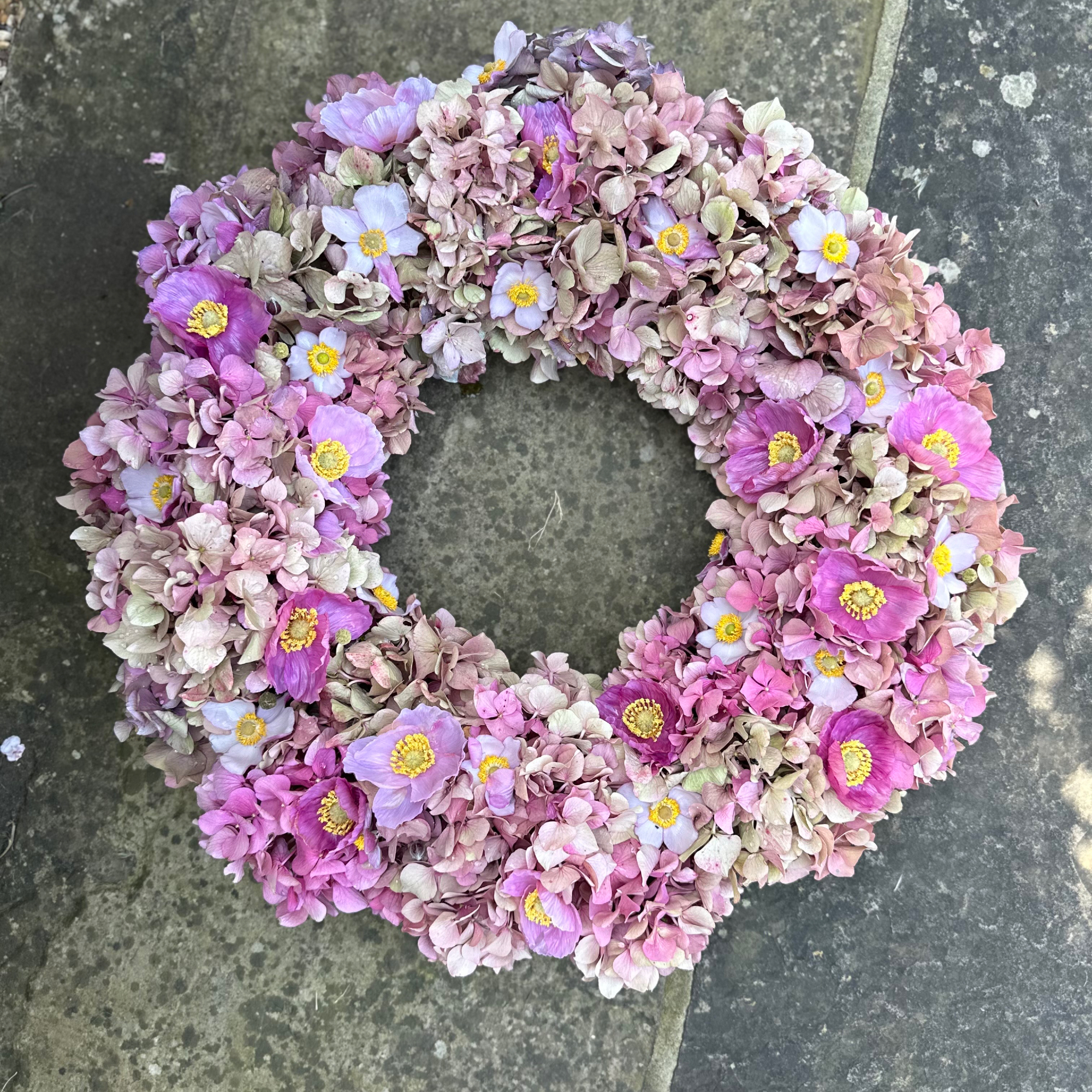
Growing up, we had a large hydrangea bush by the garden gate, but I never appreciated it then! You can grow hydrangeas in pots, as mine's doing very well and at some point will be given a special spot in my small garden – the best time to plant hydrangeas is early spring, so I will wait until then.
Hydrangea is one of those endlessly versatile blooms, according to Kate, and I agree. 'Their large, billowy heads bring instant volume and softness, creating a sense of abundance, and they work beautifully in larger-scale arches and urns.'
They also look wonderful with other varieties. Pair them with other seasonal favourites like phlox, cosmos, and garden roses, and their rounded form provides structure without ever feeling too formal or heavy. The green Kyushu variety is one of my favourites for its more relaxed feel,' Kate advises.
The bonus with hydrangea is that you get two uses from them; you can cut them and place them in vases, and then when they are over, you can turn them upside down to dry.
Kate says, 'As they start to dry, they retain a faded beauty that adds depth and texture to late summer arrangements. A must in a wreath too!'
Where to buy hydrangea:
- Crocus: Buy a 3 litre pot of Hydrangea arborescens 'Pink Annabelle' for £39.99
- Thompson & Morgan: Get a 9cm pot of Hydrangea paniculata 'Limelight' for £14.99
- Amazon: Invest in 3 mixed Hydrangea macrophylla plants in pots, £18.99
6. Phlox

Phlox is something I like to use often in bridal bouquets at this time of year; its dainty nature really adds contrast and interest against larger-headed flower varieties. There are some fabulous colours to choose from too.
'Focal flowers are important, but never underestimate the power of a really good filler,' agrees Graeme Corbett, founder and floral stylist at Bloom & Burn.
'Annual phlox is my pick for summer. I wouldn’t be without varieties like Cherry Caramel, Crème Brûlée and Sugar Stars in my designs at this time of year. Each cluster of flowers on every stem has so much going on colour-wise that they work with almost any palette. I love them so much that sometimes I forget about the focal flower altogether.'
Phlox is also perfect if you want to create a cottage-style garden, as it pairs well with delphinium and campanula.
Where to buy phlox:
- Chiltern: Get approx 200 seeds of Phlox drummondii 'Crème Brûlée' for £2.49
- Sarah Raven: Buy 175 Phlox drummondii grandiflora 'Cherry Caramel' for £2.25
- Crocus: Get approx 300 seeds of Phlox drummondii 'Sugar Stars' for £3.49
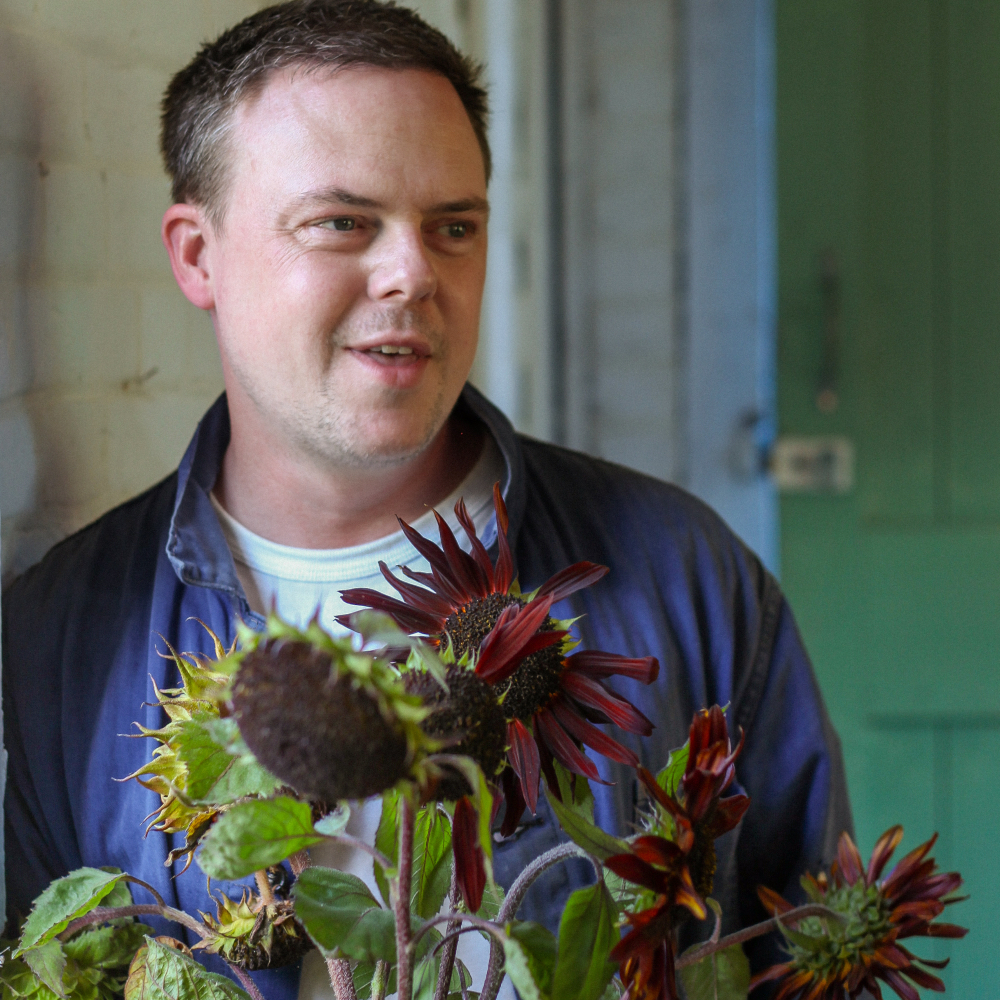
Bloom and Burn is a flower studio in the Kent countryside where founder Graeme Corbett teaches classes using sustainable mechanics and locally grown flowers.
7. Rudbeckia
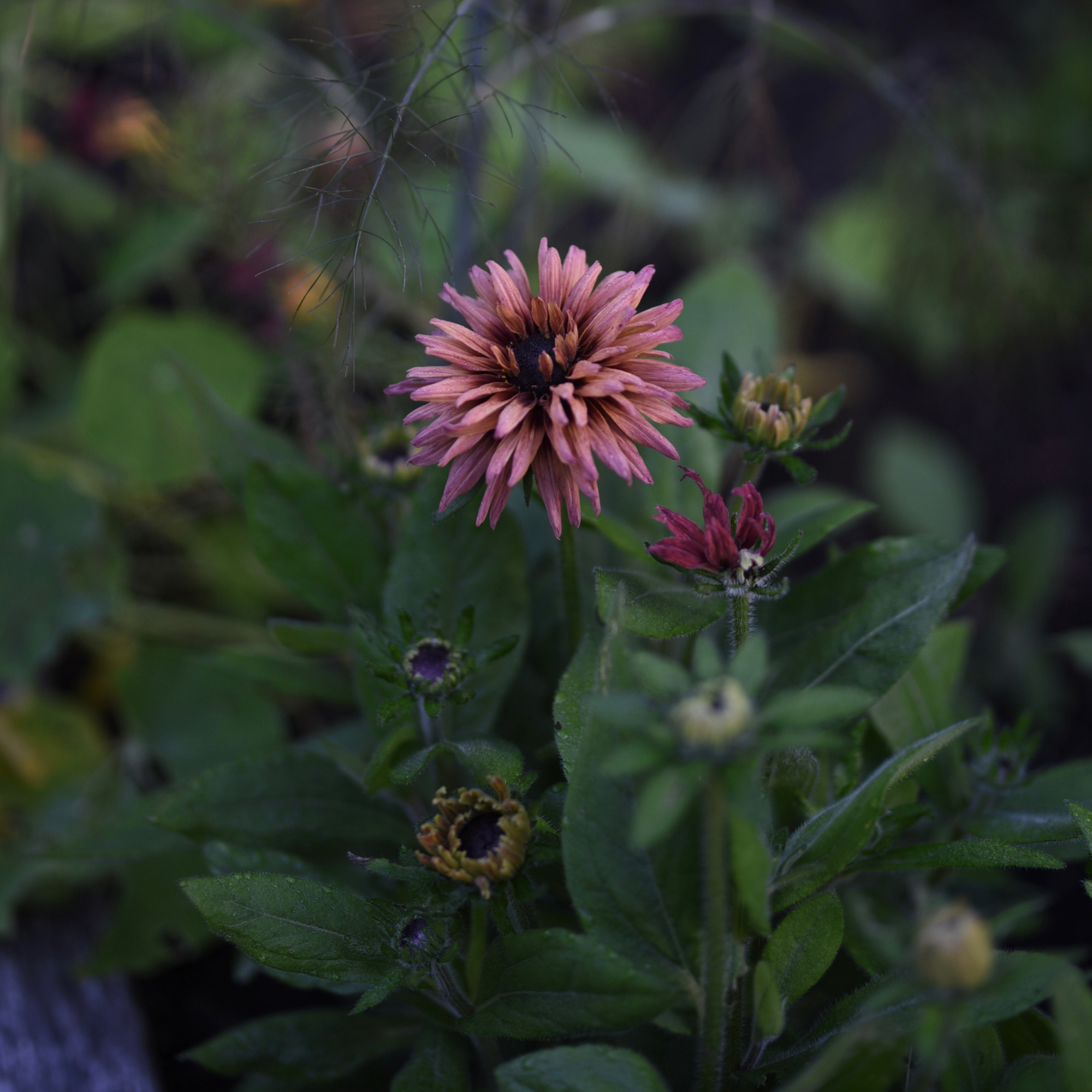
A particular favourite this year is rudbeckia with its unique 'cone' shape and daisy type look, and they love full sun, which will suit the current climate here perfectly!
'My favourite late summer flower to grow and to arrange with is the Rudbeckia Sahara, I couldn’t live without them from August to October,' says Sarah Statham, floral designer, teacher and mentor at Simply By Arrangement.
The colours available are really beautiful and the shape creates an eye-catching addition to bouquets, and your garden, Sarah agrees, 'What I love most about them is the colour nuance. They come in shades from a pale honey colour to mustard, occasionally a dusky pink and then through to rust, russet, burgundy and chocolate. They need delicate handling after being cut, but look rich and velvety in arrangements.'
They love a fertile soil and flower between late summer and autumn, providing a welcome splash of colour. It can be quite prolific, so if you want to keep your garden tidier, knowing when to cut back rudbeckia will help.
Where to buy rudbeckia:
- Crocus: Get a 9cm pot of Rudbeckia fulgida var. sullivantii 'Goldsturm' for £9.99
- Sarah Raven: Buy 50 seeds of Rudbeckia hirta 'Sahara Mix' for £6.95
- Thompson & Morgan: Try a 3 litre pot of Rudbeckia 'Summerdaisy Cherry' for £29.99
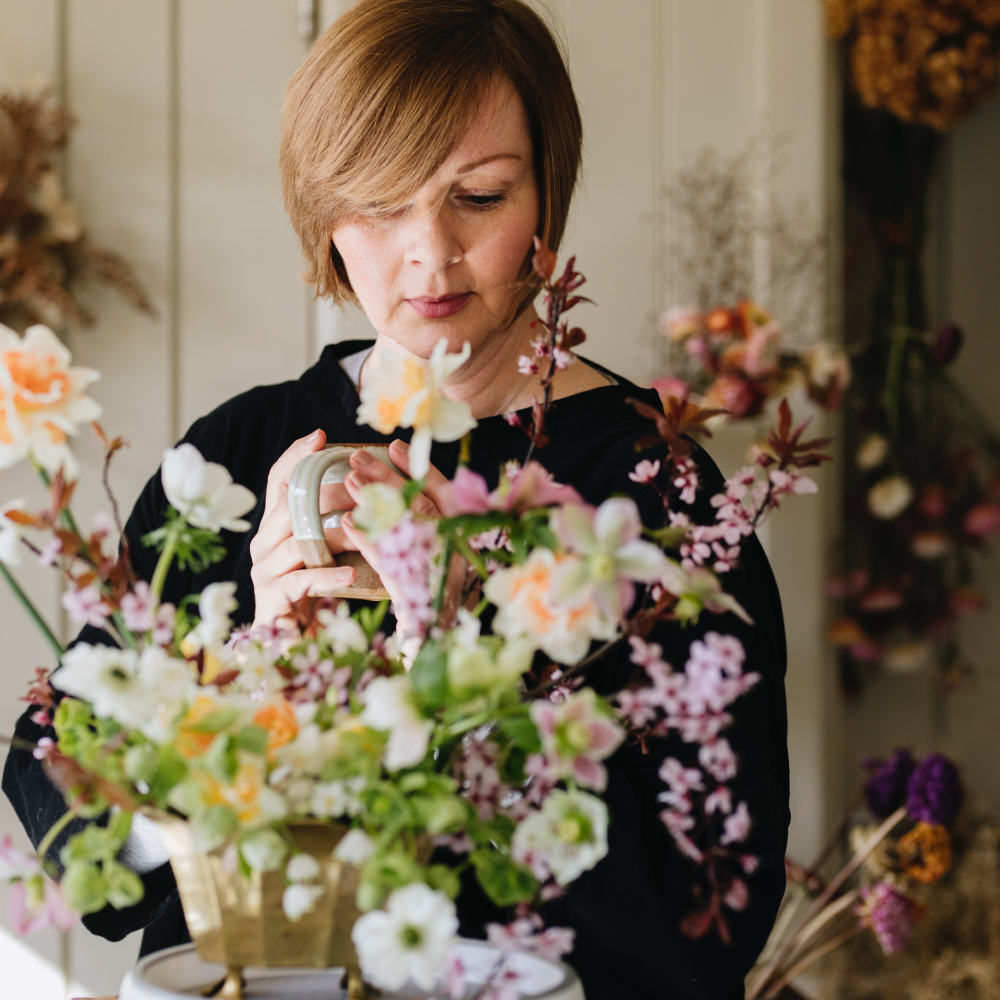
After a 20-year career in the deep underworld of crime in gritty northern towns, Sarah saw the light and retrained as a florist/floral designer. From her small corner of Yorkshire (and occasionally other inspirational places), Sarah now teaches others to appreciate the beauty of every stem and branch and to find light, space and depth within a garden, a vessel, a bouquet or a photograph. People who take classes with Sarah go on to develop their own businesses or to hone their craft and find small moments of calm through the quietness of growing and designing with flowers.
Top tips for a cut flower patch
If you're thinking of starting a cut flower patch of your own, start with varieties that are known for being easy to grow. This will give you confidence from the get-go. Sunflowers, cosmos and sweetpeas are all good options, and you can get them as seeds or plug plants.
Flowers from the Farm is an excellent starting point if you're thinking of becoming a cut flower grower. They offer in-depth educational support from experts across the UK and teach how to grow in a sustainable way.
You don't need a huge garden to start growing; planting in pots is perfectly adequate if you only have a backyard. You can get mini greenhouses that take up minimal space and will be perfect for sowing your first seeds. Most of all, enjoy it!

Sophie has been an interior stylist and journalist for over 25 years and has worked for many of the main interior magazines during that time, both in-house and as a freelancer. On the side, as well as being the News Editor for indie magazine, 91, she trained to be a florist in 2019 and launched Flowers Inside My Head, a bespoke floral design studio where she curates beautiful flowers for modern weddings and events.